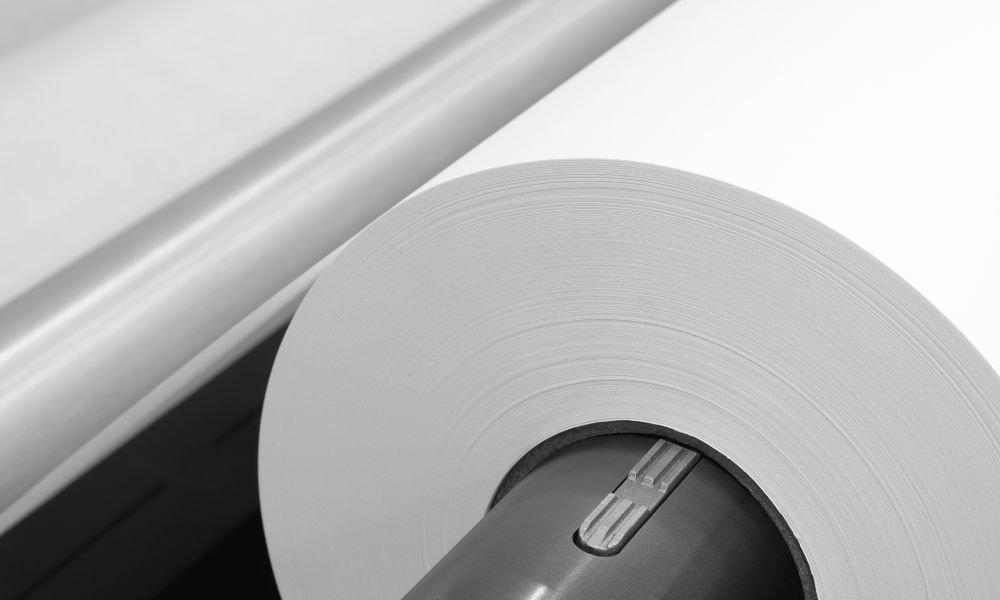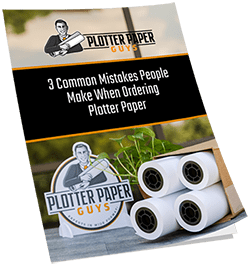Plotter paper is a great medium for plans, technical drawings, blueprints, and vector graphics. When used with the proper printing device, you get sharp, clear, and crisp printouts. Like any paper, it requires care and special handling. Here are several best practices for storing and preserving plotter paper. Keep your stock is kept in good condition so your work looks its best! You’ll save time and money and prevent several issues.
It’s Not the Heat, It’s the Humidity
Paper and water don’t mix well. Humidity is especially bad for paper since it’s made from trees and other plant byproducts. It absorbs moisture exceedingly well, causing it to collect and release water over time. This can lead to changes in size, shape, durability, and more. Humidity makes paper wavy, wrinkled, and tacky, which can lead to printer jams. Keep your paper in a cool and dry place, and monitor the heat and humidity levels so you can adjust the temperature or increase ventilation. Adding a dehumidifier to the room is a good idea, as well.
Store It Properly
Paper gets packed in different ways, commonly in reams or rolls. When you store your plotter paper, make sure it’s “resting” comfortably. If it comes in reams, keep it wrapped up and lay it flat until you’re ready to use it. If it’s rolled up, keep it in the tubes and lay them on their sides so that gravity doesn’t put undue pressure on the paper. Make sure it’s not resting on a wiry surface or grill. A sold flat shelf won’t imprint the paper with grooves or mark it.
Spills and Thrills
Wherever you store your paper, the area should be neat and clean. Don’t put it where spills are possible (for example, condensation dripping from a pipe or window, near sinks or coffee makers, and the like). If you can, keep the paper locked up or covered in a waterproof container or cabinet on the off chance the sprinkler system activates. Make sure the paper isn’t near a high-traffic area, as well. Being bumped into, knocked over, stepped across, or otherwise dislodged and jostled can affect paper quality.
Implement Rotation
Technically, paper doesn’t have an expiration date (though some kinds may become brittle quickly under certain conditions, owing to high acid content). Luckily, plotter paper lasts a very long time. When new paper arrives, push it to the back of the storage space or place it on a higher shelf until you use up the current stock. The longer paper sits unused, the more likely it may sustain damage. This makes financial sense since you won’t have to replace damaged paper that was perfectly fine a short time ago. Note when new paper arrives so you don’t forget to rotate the stock.
Those are just a few best practices for storing and preserving plotter paper. Contact us for further inquiries about our paper stock and printers. We offer everything from 28 lb paper to production and signage printers!




